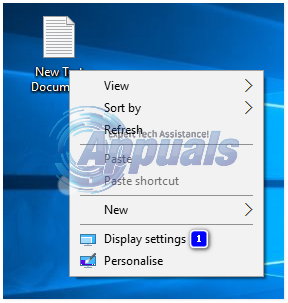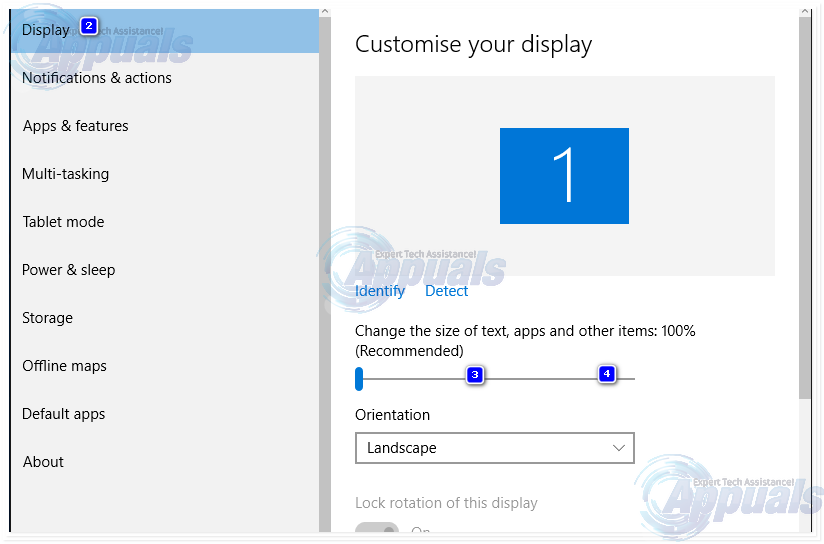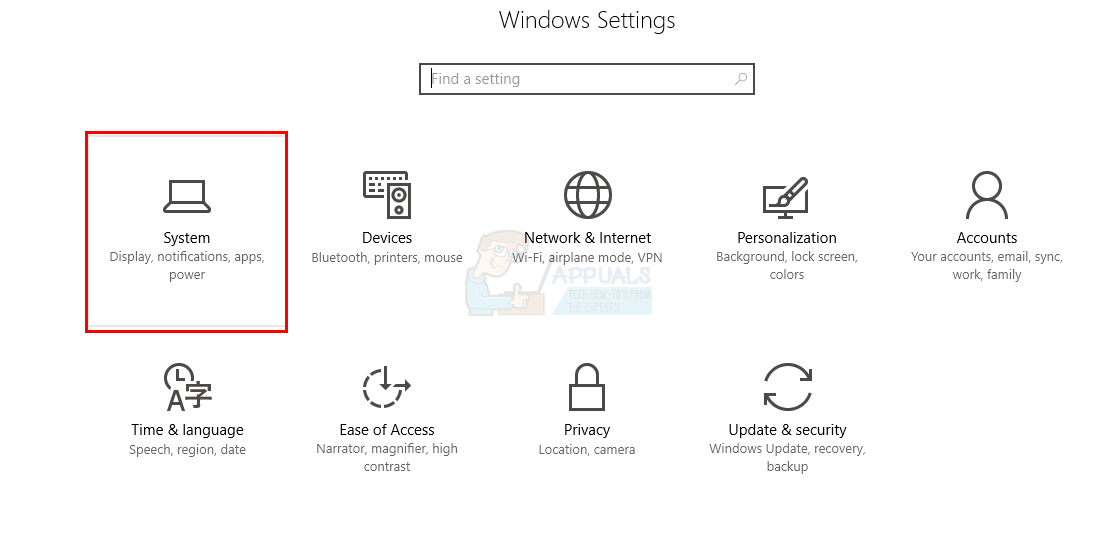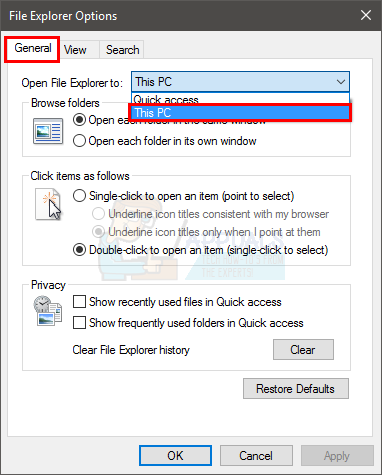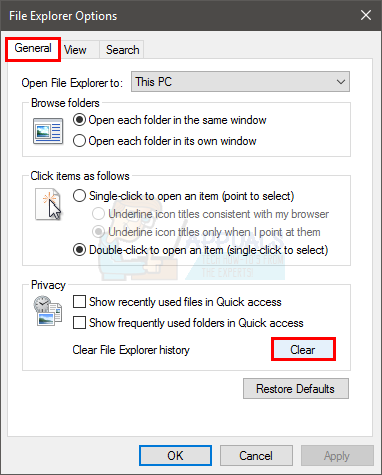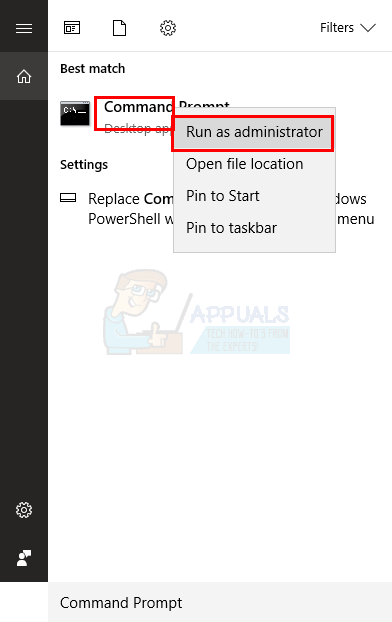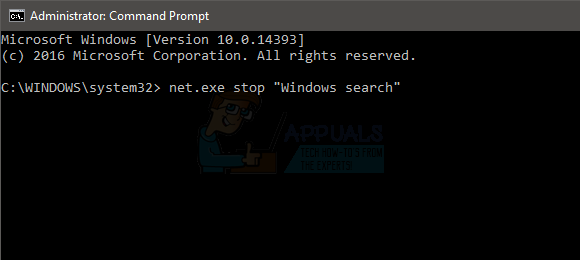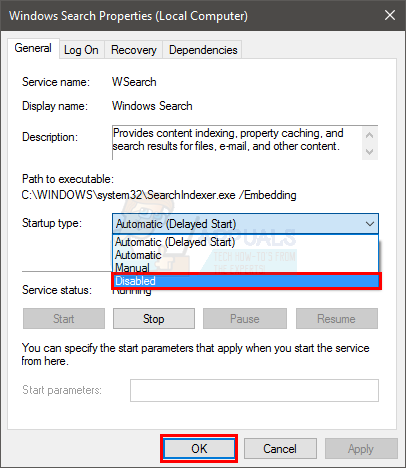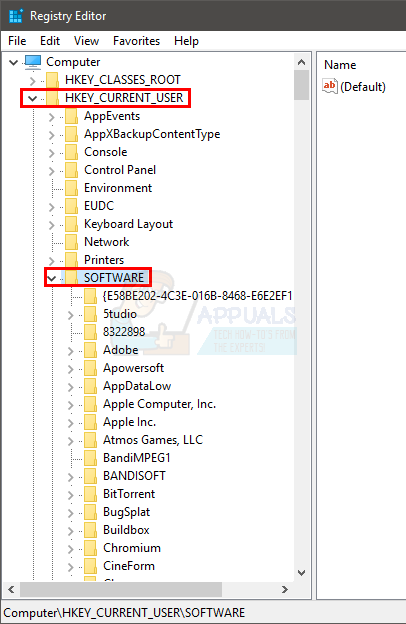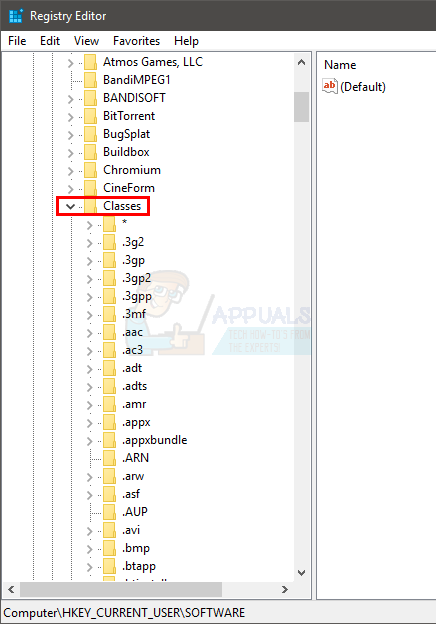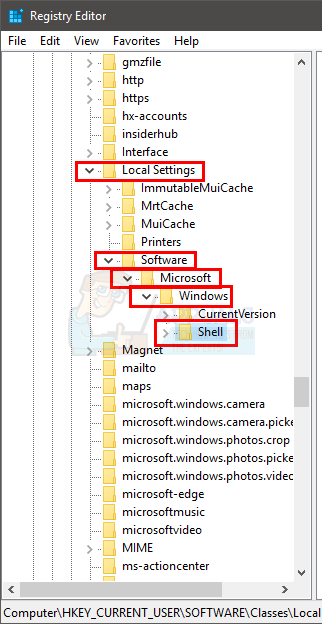In some – but not all – cases, when the user opened File Explorer, their screen would go black for about a second but would then return to its original state with no other change being observed and File Explorer still not opening. Users who suffered from this issue reported that they were unsuccessful at fixing it by simply restarting their computers. A bit of research into this problem at the hands of mundane Windows 10 users uncovered the fact that this issue is actually caused by the size of text, apps and other items being set to a value that Windows 10’s File Explorer could not possibly handle, leading to it refusing to even open successfully. There may be other reasons for this issue so you should follow everything in the sequence below.
Tips
If you have an HDMI cable plugged in then unplug the cable and check if the issue is resolved. Thankfully, the solution to this issue is just as simple as its cause – all a person needs to do is revert the value for the size of text, apps and other items in their computer’s Display settings to a smaller value, a value that File Explorer can easily process and deal with. To do so, you need to: Either restart your computer or sign out of and then back in to your computer. Once you do so, File Explorer should start opening successfully and the way it is meant to.
Method 1: Change the display settings
Sometimes, the issue may be caused due to incompatible display settings. Changing the settings or restoring them to the default settings might solve the issue for you.
After selecting the font size, click Ok and check if the error persists.
Method 2: Close Programs like Anti-viruses
If you are using the AVG anti-virus then it may be the cause of this error. In which case, you just have to use your task manager to close the program. Once closed, the file explorer will start working properly. To close your AVG anti-virus, do the following: Once done check if the problem is solved or not. If you are still experiencing the problem then make sure there aren’t any other security related programs running in the background. There might be programs other than the security programs that might be causing this issue. Try to turn off as many applications as you can to see if the problem is solved.
Method 3: Restart the File Explorer
Some of the technical problems can be solved by a simple restart, so why not do the same for the file explorer? It does tend to solve the problem from time to time; to do so, follow these steps:
This will restart the file explorer and that will be the end of the problem.
Method 4: Change File Explorer Options
Changing the File Explorer’s “Open File Explorer To:” option has helped solve the issue for a lot of users. The problems seems to appear if this option isn’t set to “This PC” option. Follow the steps given below to change this setting.
Once done, click Ok and the problem should be resolved.
Method 5: Clear the Cache & Create New Path
Clearing the cache or history of the Windows Explorer and creating a new path has solved the issue for a lot of users. So, here are the steps for clearing cache and creating a new path.
Concluding this, your cache history will have been cleared and a new path will have been setup. This should fix the issue for you.
Method 6: Disable Windows Search
Windows Search is also known to be the cause of this issue. Disabling the Windows Search has worked for plenty of users, so this is what we will try here.
You can also permanently stop Windows Search. To stop it, do the following:
Check if the Windows Explorer has started working again or not.
Method 7: Delete BagMRU and Bags folders
Deleting the BagMRU and Bags folders from the Registry Editor has helped solved the issue for a ton of users. Here is how to do it. Note: Changing or deleting the wrong Registry keys can cause serious problems for your computer. So, it is advised to back up the keys before doing any changes. Here are the steps for backing up the Registry keys. If you have made a mistake and you wish to recover an existing registry backup, you can do that easily by doing this: Now, here are the steps for deleting the BagMRU and Bags folders
Close the Registry editor and try to open the Windows Explorer. It should work fine now.
Method 8: Change Display Settings to Single Screen
If the problem started happening after the Windows update/upgrade then this method might work for you. For a lot of users, Windows automatically changed the display settings to multiple displays. For those users, the File Explorer was opening but on the second “imaginary” screen that was nowhere to be found. So, simply changing the settings back to a single display will solve the issue. Follow the steps given below to change these settings That’s it. Now your Windows Explorer should work just fine.
Fix: Internet Explorer not OpeningFix: File Explorer Dark Theme Not Working on Windows 10Fix: iPhone Not Showing up in Windows File ExplorerHow to Fix File Explorer Search Not Working in Windows 11?
